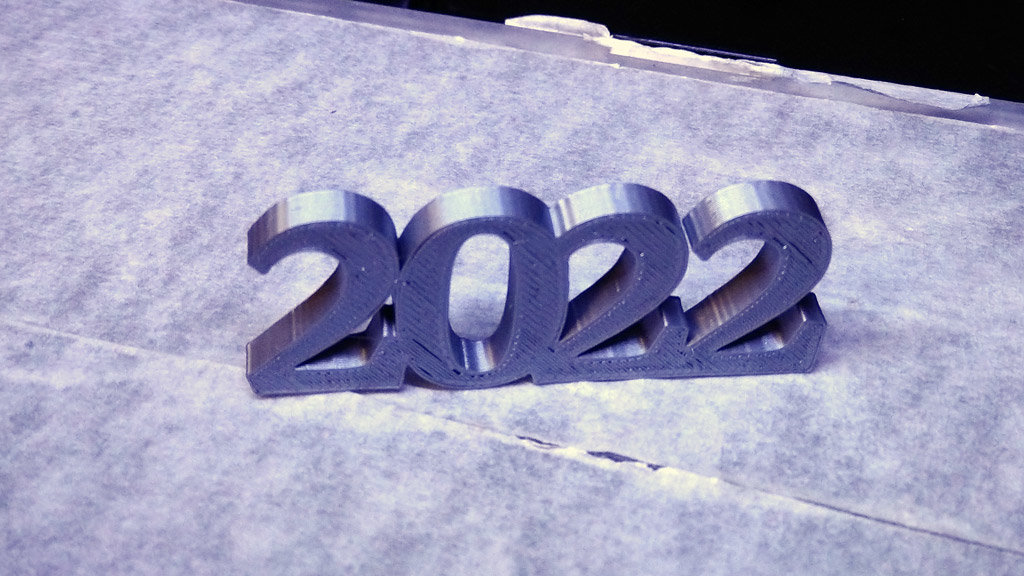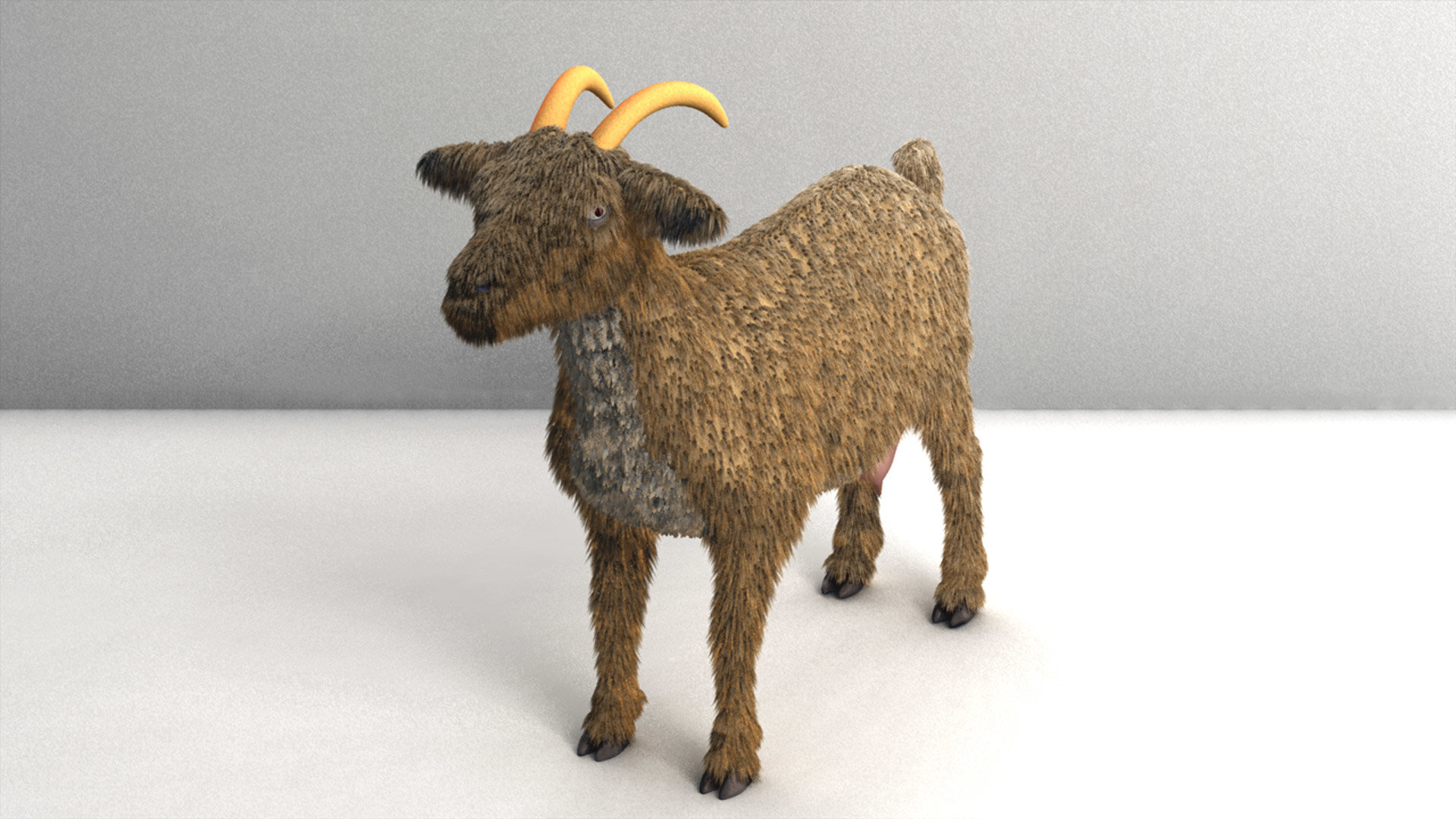-
Posts
5,409 -
Joined
-
Last visited
-
Days Won
88
Content Type
Profiles
Forums
Events
Everything posted by Fuchur
-

A:M Bench 2017 – Benchmark for Hash Animation:Master
Fuchur replied to Fuchur's topic in Animation:Master
Maybe you should try out AM v19 too. (for instance a trial) In some cases the software needs to be updated too so that a couple of newer features of the CPU are supported too. Best regards *Fuchur* PS: The progressive passes are pretty uninteresting for a final rendering, because it is only used with the progressive renderer anyway.- 42 replies
-
- Benchmark
- Benchmark for A:M
-
(and 2 more)
Tagged with:
-

A:M Bench 2017 – Benchmark for Hash Animation:Master
Fuchur replied to Fuchur's topic in Animation:Master
The settings are not for the tea pot benchmark but the AM 2017 Benchmark. Teapot is very much faster for me (under 1 min) on my 5900x which should be roughly as fast as your computer is. Best regards *Fuchur*- 42 replies
-
- Benchmark
- Benchmark for A:M
-
(and 2 more)
Tagged with:
-
Very true... at least if you can't just peak everything. Best regards *Fuchur*
-

A:M Bench 2017 – Benchmark for Hash Animation:Master
Fuchur replied to Fuchur's topic in Animation:Master
Do I understand that right? You are trying to render that with v16? That might not work since it was created with v19 and their might be some features in the preset which is not working in v16 because it really is meant to use a lot of different sometimes pretty hard to render features. For me the preset works fine (just tested it in the newest v19) and got 11:12 (even a little faster then the last time). Of cause you need to set "Filename" to a path available to you. Maybe you could set up the preset yourself just to see if that works? See attached the needed settings. Best regards *Fuchur*- 42 replies
-
- Benchmark
- Benchmark for A:M
-
(and 2 more)
Tagged with:
-
STL is 3-pointer only if I am not wrong right? That will never work well. OBJs with 4-pointers only for instance do pretty fine, but importing polygonal models into a model / patches is always a challenge. If you can, try to import it as a prop. That works most often pretty great but is not adjustable after that. Best regards *Fuchur*
-
I think Steffen can't change the "error -3" but he could at least interpret it differently and give a more human readable output too. Would you like to file a request into /reports? Best regards *Fuchur*
-
So you have a new subscription and the new key already? Then you just have to go to your installation folder of A:M, rename "master0.lic" to something like "master1.bak" and start A:M again. It then should ask you to input your new subscription key and if you put it in, it should be working again :). Best regards *Fuchur*
-
That is normal for any batch-file. W10 will just tell you: We do not know that file. I wrote that batch file and it just outputs the information form rlmhostid.exe to a txt file. It really does not do anything more. Best regards *Fuchur*
-
Happy New Year Everybody :). I hope 2022 will be a better one for everybody than 2021. Best regards *Fuchur*
-
Hi Edward, to see those (IF you did a muscle animation, not if you are just using bones or something) you can find those here (see screenshot). Best regards *Fuchur*
-

Changing to from BIOS/MBR to UEFI/GPT "breaks" registration? Maybe?
Fuchur replied to WolfsongCG's topic in Open Forum
Only works for certain areas on it of cause ;). But in the end: If you can click on it like "ftp://hash.com/pub/example.zip" it has to be like that ;). Best regards *Fuchur* -

Changing to from BIOS/MBR to UEFI/GPT "breaks" registration? Maybe?
Fuchur replied to WolfsongCG's topic in Open Forum
Set the FTP program to "anonymous login / connection". (or something equal... not sure what the right translation would be) In Filezilla it is done like this: 1.) Click on the button below "File" menu. 2.) Put in hash.com at "Server" on the right side. 3.) Put in "Anonymous". 4.) Click on "Connect". Or the other way: 1.) Put in hash.com to server at the top of the software. 2.) Leave Username and Password empty. 3.) Click on "Connect". Best regards *Fuchur* -
This time around we did create a little bit of a different design to better suit our mini campaign around christmas presents. That means this time around the image isn't created with A:M. As always you will find our Christmas Calendar here: https://advent.3we.de But I started to create a goat in 3d anyway and got already pretty far, so I am working on it still to get this look back ;). (Do you know that moment if you did a great job and then you are just not able to get the same look back after changing a couple of things to make it even better? That is exactly what happend here with this one...) Hope you like it ;). Best regards *Fuchur*
- 1 reply
-
- 2
-

-

-
Actually in the interface you can. It is at Tools > Cusotmize > Appearance and in the Dropdown you can find "Control Points" and change its color. But is there a reason why you did post this here? Best regards *Fuchur*
-
That looks very promising Dan . Keep up the great work! Best regards *Fuchur*
-
Oh then I missunderstood that. It is called Distrotion Mode or Box in A:M. There is a modifier in Actions which is called "Distort" which should do that, but I never used it before... It has to be added to the action and you will have to have a bone in your model with attached CPs to define what is manipulated I think, but I am not very deep into that topic currently. I am pretty sure Robert can tell you more about it. Best regards *Fuchur*
-
1.) That is a little tricky and one of the biggest problems with Smartskins. The easiest I know about is to only use "default" rotation angles like 15, 30, 45, 60, 75, 90, etc. That will help you a lot. But if you did not do that till now, the way I found is this: a) Open your smartkin so there is the temporarily open in which you can switch to muscle mode (F7). b) Select the CP that is behaving badly. c) Find its number. Easiest thing to find it is by just activating "Show manipulator properties". It will give you an overlay which tells you anything about the CP. Be aware: You have to click on the CP, not do a rectangle selection or something) d.) In the PWS you navigate to your model and than to "Relationships" till you see your Smartskind. Open "Splines" and search for the CP in there it is called "CP #20" or something like that. Below that you will find "Translate" and than different keys, which will tell you at which rotation degree the CP has a keyframe set in the smartskin. Yes I know, it is annoying but the best I could find till now. That is the reason why you should just go with default angles and the fewer the better ;). 2.) That is normal. Just save the material to a file (RMB > Save as), embed it again then (click on the small arrow next to the material in the PWS > File Info > Embedded = On). Now I would rename it to for instance "cheveux_color" and after that reimport the file and do the same with it but rename it to "cheveux_bump". That should give you a copy of the material. Use one as color an one as bump and it should work. In the end it makes sense, since you can like that use all the different options of the material (combiners, noise, gradients, etc.) to create a bump map (which is a greyscale map) and do something different for color and so on too. Switching on Bump or Displacement will just tell A:M: Do no longer use this as a color material but as a bump material. Can you increase the size of the material window? I am not aware of a possibility but I'll ask Steffen if that is possible to integrate... I often run into that but never came around to ask for it... in the end it does not make much sense that you can zoom in but not increase the visible view size there. 3.) Yes you can animate close to all properties of any material in the chor. For that you have to activate "Show more than drivers" on the Shortcut to the model in the chor. It is the outer left icon on the right side which is by default inactive / crossed through in red. 4.) Yes, that should be the default behaviour. Otherwise you would have to use a projection map material. That one would stay the same relative to the viewport / camera and the arm would slide over it so that the same part of the arm would be colored differently on a different place in space. Best regards *Fuchur*
-

Stalled Trek: The City on the Edge of Foreclosure
Fuchur replied to largento's topic in The Wannabe Way
Just amazing and well deservered :). Well done and I really love you work! Best regards *Fuchur* -
Try using a slighty blurred displayment-map... and if you are going for a gradient, use for instance an EXR image. Best regards *Fuchur* PS: I do not know if it is meaningful here, but the name of the decal suggests something there... DPI isn't a meaning full thing here... it all is about pixels here.
-
Uh, the big guy: 5950x ;). That one is a beast :). I am pretty sure that the zoom meeting was close to not mattering at all for a 16 core machine like that ;). You would have to run Netrender with at least 15 slaves (maybe even 30 or so) that it would make a big difference ;). Best regards *Fuchur*
-
Very nice :). Looks great and I can't wait to see it in an environment :). Best regards *Fuchur*
-

WIP - Pennsylvania Station (sort of)
Fuchur replied to R Reynolds's topic in Work In Progress / Sweatbox
Looks VERY detailled and very nice :). Just great – can't wait for a fly through when you are done :). Best regards *Fuchur* -
Just played a little bit around and created this pearl mother... The seamless tile feature is pretty amazing. Best regards *Fuchur*
-
Nice looking textures... I'll have a look at that. Best regards *Fuchur*
-
Except of cause you are givin a lot of data and usage rights to YouTube aka Google aka Alpha. Hosting it on the Hash server is a lot less problematic. I can understand if you do not want to create an account. Then you just should upload it as an attachment here if you are concerned about that. Best regards *Fuchur*















